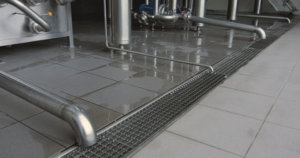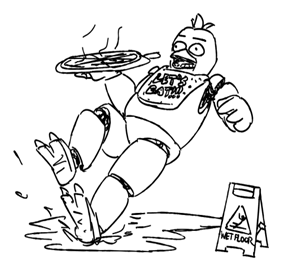Proper Drainage System in Dairy Industry
“The aim of a good drainage system is to prevent surface ponding, which in turn prevents accumulation of contaminants.”
The dairy industry is generally considered to be the largest source of food processing wastewater in many countries. As awareness of the importance of improved standards of wastewater treatment grows, process requirements have become increasingly stringent.
Dairy wastewater may be divided into three major categories:
- Processing wastewater – Since, it is normally free of pollutants; it can be re-used with minimum treatment or discharged into the water disposal system.
- Cleaning wastewater -This emanates mainly from CIP cleaning system or from equipment malfunctions and even operational errors.
- Sanitary wastewater – This wastewater is normally piped directly to sewage works.
It is the responsibility of the dairy engineer and the plant team to ensure that all the wastewater is drained properly. It is necessary to allocate the proper drainage system, and avoid, in designing and constructing, products or production water from being contaminated.
Drains include natural or artificial channels to lower the water table and/or reduce surface flood risk and often make up the majority of lowland waterways. Healthy drains help reduce the amount of contaminants lost in waterways.
“The flooring in a dairy industry should be solid and waterproof; it should be easy to clean and disinfect and which allows water to drain away.”
Why a proper drainage system is required?
1. Surface ponding promotes the accumulation of contaminants which could adversely affect the sanitation of the dairy.
2. Contaminant build up can also lead to corrosion of the floor.
3. There are chances that employees slip on wet floors and get injured.

What does a healthy drainage system look like?
- The drainage system should have a slope and remain unobstructed and convenient for washing; the juncture of sides and bottom of the drainage ditch should have certain radian.
- At the inlet of the drainage system, a floor drain with water stop should be installed to prevent any solid waste from flowing in and foul smell from coming out.
- No other processing water pipelines shall be arranged inside and below the drainage system.

- The drainage outlet shall be equipped with a device to prevent the invasion of any animals or birds.
- The flow direction of indoor drainage should be from the area with higher requirement of cleanness to the area with lower requirement of cleanness, and should be designed to prevent the backflow of waste water.
- Wastewater shall be discharged into the waste water treatment system or disposed in other proper ways.

